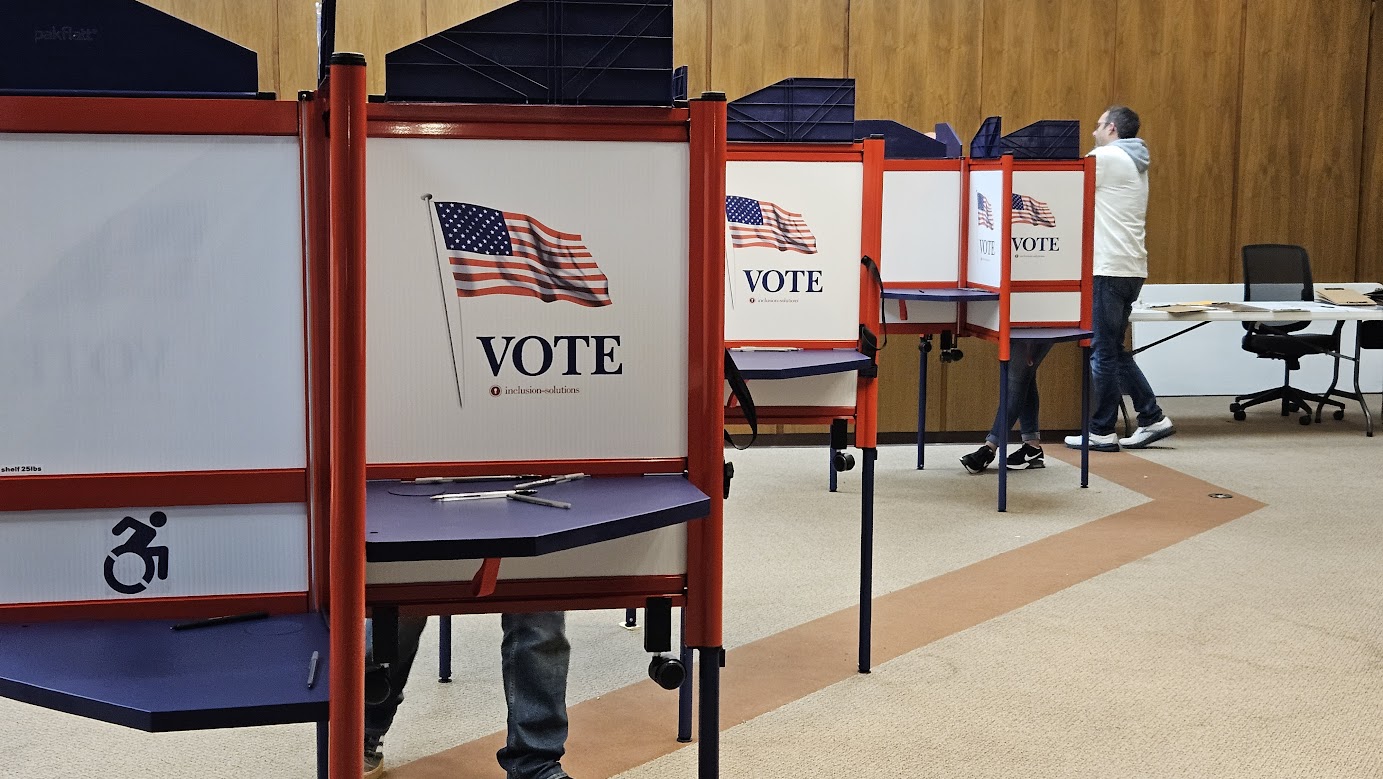Voters are still largely unfamiliar with the candidates for the Wisconsin Supreme Court and state superintendent a month out from the April 1 election, a new Marquette University Law School poll shows.
Meanwhile, President Donald Trump is slightly underwater with Wisconsin voters after his first month in office -- the same spot he was in during almost all of his first term.
Looking at the spring r...
Please log in to access subscriber content.
If you don't have a subscription, please contact schmies@wispolitics.com for subscription options on the WisPolitics-State Affairs platform, which is the new home for WisPolitics subscriber products.


